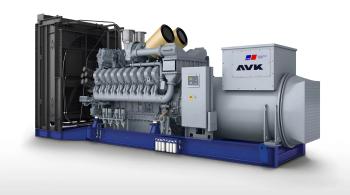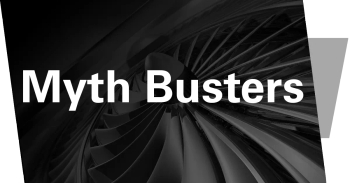
IREA: A procedure for purchases
Large capacity main axial compressor rotor[/caption]
In addition to significant maintenance costs,rotating machinery stoppages can prove very expensive in the event of a plant or process shutdown. Two strategies, therefore, may serve to maximize productivity and reduce costs: During operation, execute optimized maintenance technology such as reliability centered maintenance (RCM) based on condition monitoring and diagnosis; and when procuring machinery, engaging in retrofit upgrades, correcting failed or worn-out machines execute an Integrated Reliability Engineering and Audit (IREA) program.
According to insurance statistics, more than 50% of the malfunctions and failures in newly acquired turbomachinery are attributed to manufacture faults related to design, material or manufacturing.
Fortunately, the latest API rotordynamics acceptance program makes it possible to discover design-related problems during testing and commissioning.
In the case of rotor and impeller blades, for example, there can sometimes be a lack of quality control carried out by OEMs over material suppliers. Therefore, it is advisable for a user to inspect and audit the manufacturer’s whole design and manufacturing process. The correct attitude is, “I believe what I confirm or identify practically and specifically.”
IREA purpose
The purposes of IREA are: to identify any potential problems, related to design, material, manufacturing, and operations and maintenance(O&M) of a rotating machine; to prevent or take actions on problems in advance which may bring about sudden and unplanned machine stoppage, development delay and other accidents; to maximize productivity and profit through increasing machine availability. IREAs can be conducted when new machinery is ordered, when some parts have been redesigned and replaced, or when a systematic investigation of machine failure indicates correctional measures are needed. In addition, an IREA can be done when a machine’s operating conditions are changed from its manufacturer’s specified limits, when equipment has been in use for extended periods, or when there is a need for verification and improvement on O&M practices by the user.
As such, an IREA can be of assistance in preparing specifications, can analyze and review a manufacturer’s process, material selection and management practices. It can also serve to provide acceptance decisions based on mutually agreed acceptance criteria, offer suggestions or recommendations for manufacturing improvements and provide a useful maintenance database.
In particular, an IREA has proven of great value for API rotordynamics design acceptance audits, and in hydrodynamic journal and thrust bearings design engineering, retrofit design, and manufacturing supervision. Further, IREAs have aided many in blade high cycle fatigue assessment, material reliability investigation, metallurgical forensic investigation, material soundness review, manufacturing quality reviews and O&M practices review.
Author: Dr. An Sung Lee is Principal Researcher of the Rotordynamics Team, Korea Institute of Machinery & Materials (KIMM) in Daejeon Science Complex, Republic of Korea. He is an ASME member since 1993 and founded the Korea Rotating Machinery Engineers Association(KRMEA). For more information, contact the author at aslee@kimm.re.kr
Newsletter
Power your knowledge with the latest in turbine technology, engineering advances, and energy solutions—subscribe to Turbomachinery International today.





